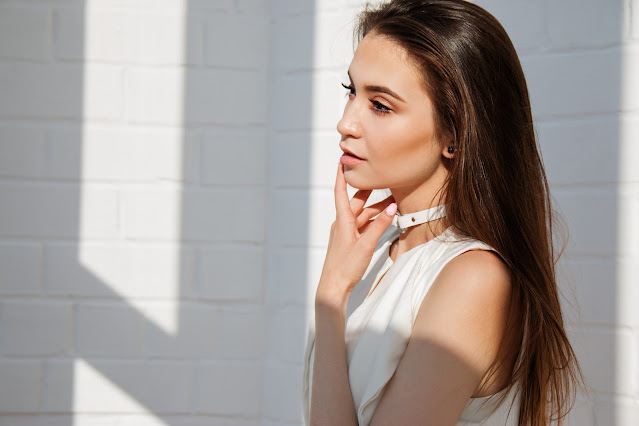Whether you are outdoors for pleasure or for work, frequent exposure to the sun will have its natural effects on your skin.
Regardless of color, skin that is exposed to the sun often tends to harden and thicken. Beyond middle age, side effects can include wrinkled, flaky skin.
Regardless of the conditions for exposure to the sun, choosing a sunscreen product that offers some protection from UV rays can be one of the best ways to protect your skin from the effects of aging.
Because of the variety and variety of sun protection products available, here are some basic factors to consider when choosing the right one:
1. Ingredients:
Sun protection products can be made with UVA radiation protection agents, and / or other UVB radiation protection agents (in fact more harmful to sunburn than UVA radiation). Leading products provide protective ingredients in both UVA and UVB rays. Consider also the actual list of ingredients. (That is, are they naturally available / safe, or do they contain potentially harmful chemicals?).
2. SPF (Sun Protection):
The SPF number on the product label means protection, and the duration of the sunscreen product will allow your skin to be exposed to the sun without heat – compared to the duration of the bare skin (or skin without the product. Application) can burn or turn red.
To sum up that, the SPF number tells people how long they can stay in the sun protecting their skin, without sunburn. The higher the SPF number, the longer the protection from the sun.
For example, suppose ‘Joe’, a young student, can usually burn out after 12 minutes in the sun. She wears a sunscreen, also called a sun block, with 15 SPF. This means he must be healthy 15 times his average defense time. In other words, ‘Joe’ will be protected for up to 3 hours. Here is how to calculate: 12 minutes x 15 SPF = 180 minutes (3 hours).
(Now if ‘Joe’ wears a sunscreen with 30 SPF, you will be protected for up to 6 hours. Eg 12 X 30 SPF = 360 minutes (6 hours)).
3. Skin Type:
When choosing a sunscreen, it is important to consider the different skin types and reactions to exposure to the sun.
Young children: For 6+ months, consider a product with SPF of 15 or higher to protect against sunburn and sunburn. Also consider a product label that lists protection from both UVA and UVB radiation (also known as “broad-spectrum”).
Skin Type – Very Good: This skin usually burns quickly. Diarrhea is rare. Consider sun protection products containing SPF 20 to 30.
Skin Type – Correct: This skin is likely to stay fresh easily. Some scratches are possible, though not so much. Consider sun protection products that contain SPF 12 to 20.
Skin Type – Light: This skin is new to the medium range. The tension tends to slow down, producing a light brown shade. Consider sun protection products containing SPF 8 to 12.
Skin Type – Medium: This skin is new to a lesser extent. Tuberculosis occurs most of the time, producing a medium brown shade. Consider sun protection products containing SPF 4 to 8.
Skin Type – Black: This skin is rarely burnt. The tanning occurs most of the time, producing a dark brown shade. Consider sun protection products that contain SPF 2 to 4.
Skin Type – Alternative: This skin type includes people with mumps (or their close blood relatives with a history of moles), people with skin cancer in their family history (including melanoma), and people with fair skin and hair. Since this is a high-risk category for health damage resulting from excessive UV exposure, consider using sunscreen products with the highest available SPF, combined with moderate to moderate sun exposure.
Once you have selected the most suitable sunscreen product, and regardless of your skin type, apply your sunscreen ‘before’ exposure to the sun’s rays. To ensure the best possible UV protection, sun protection product should also be distributed evenly, and in the same way on all areas of the skin that will be exposed to UV rays.
No matter what your current circumstances are and choosing to go out in the sun, proper care for your skin ‘now’ will help determine the healthier and younger skin in the future.




